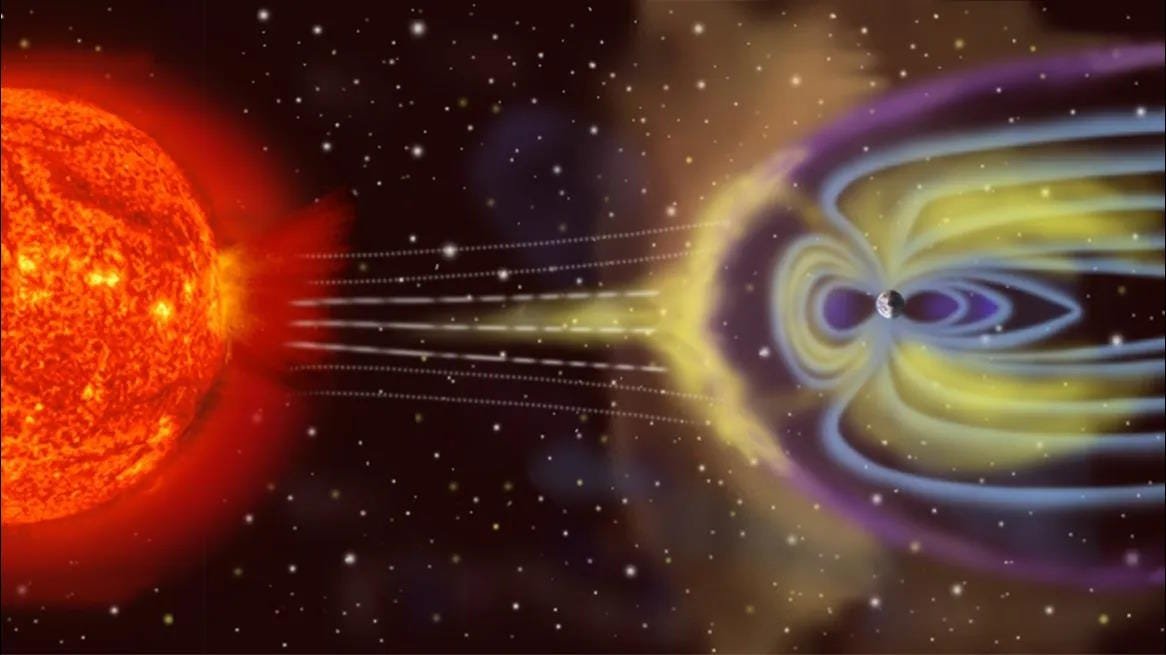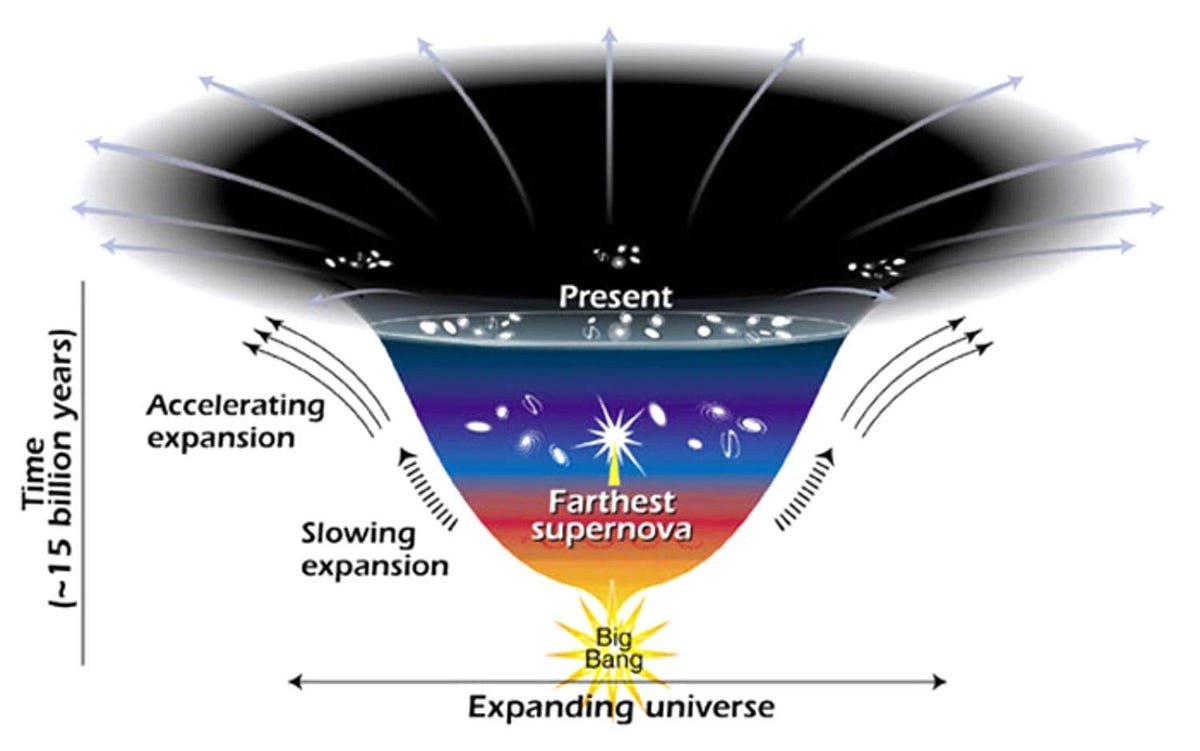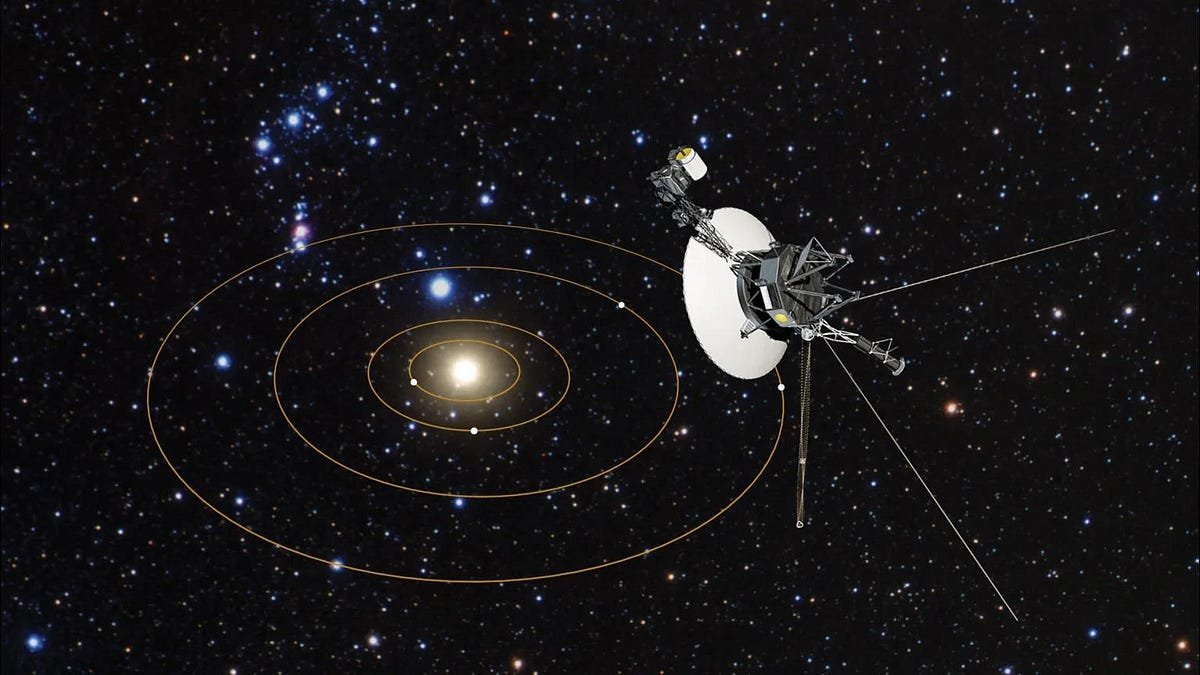
How humanity’s most enduring calendar failed us all | by Ethan Siegel | Starts With A Bang! | Jan, 2024
With the invention of the leap year, the Julian calendar was used worldwide for over 1500 years. Over time, it led only to catastrophe.
Galileo died on January 8, 1642, and on Christmas Day of that same year, Isaac Newton was born. Back in 1616, two extremely famous playwrights (among their other literary endeavors), Miguel de Cervantes and William Shakespeare, died just one day apart: April 22 for Cervantes, and April 23 for Shakespeare. And the famed Plymouth Rock, a granite slab in honor of the first solid ground that the Pilgrims stepped on upon disembarking from the Mayflower, is presently inscribed with “1620” in honor of the year that legendary step was taken: December 26, 1620.
But, upon closer inspection, none of these facts are true. While physicists often refer to Christmas Day as “Newtonmas” in honor of Isaac Newton’s birth, that’s only true because England, unlike the rest of the world, hadn’t yet switched over to the Gregorian calendar; Newton’s actual birthday was January 4, 1643 according to our modern timekeeping practices. Cervantes and Shakespeare actually died 11 full days apart, not just one, as their countries were on different calendars at the time. And the Plymouth Rock landing actually occurred on January 5 of 1621 according to our modern calendar, not “1620” as written.
The reason for all of this historical confusion? A flawed calendar that dates all the way back to Julius Caesar. Here’s the science behind how humanity’s most enduring calendar, the Julian calendar, failed us all.
Imagine that you weren’t here on planet Earth, but rather were in an unusual position: millions of miles up above the Sun’s north pole, looking down on the Solar System. As you observed the Earth, the third planet from the Sun, orbiting around it, you’d easily be able to measure how much time it took for that planet to complete a full 360° revolution around the Sun. That’s one way to measure a year, and to astronomers, that’s known as a sidereal (sy-DEER-ee-al) year, which, unsurprisingly, takes a little…




